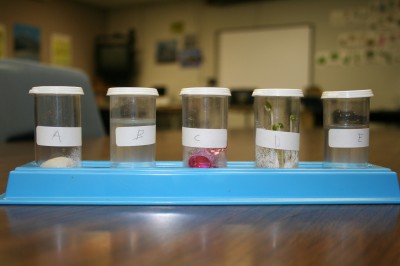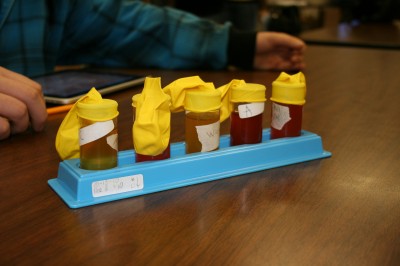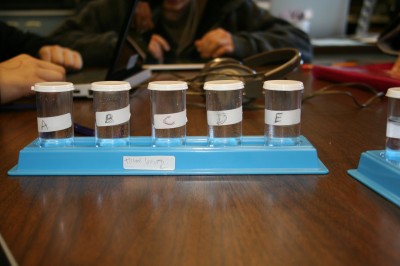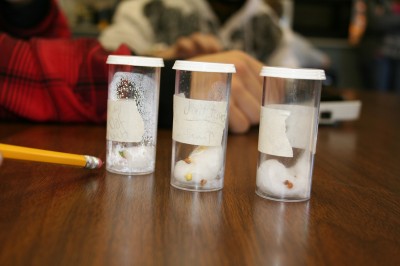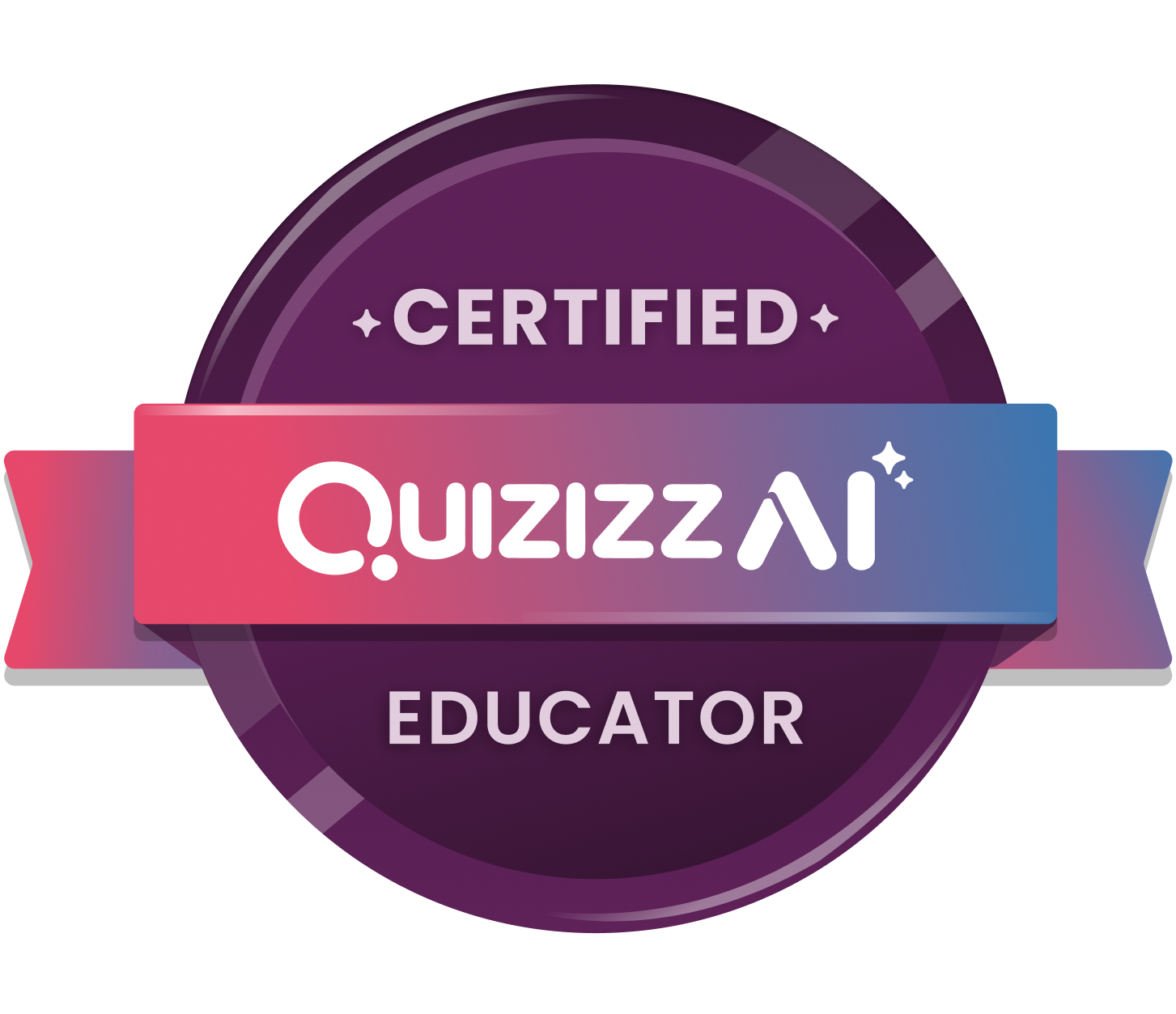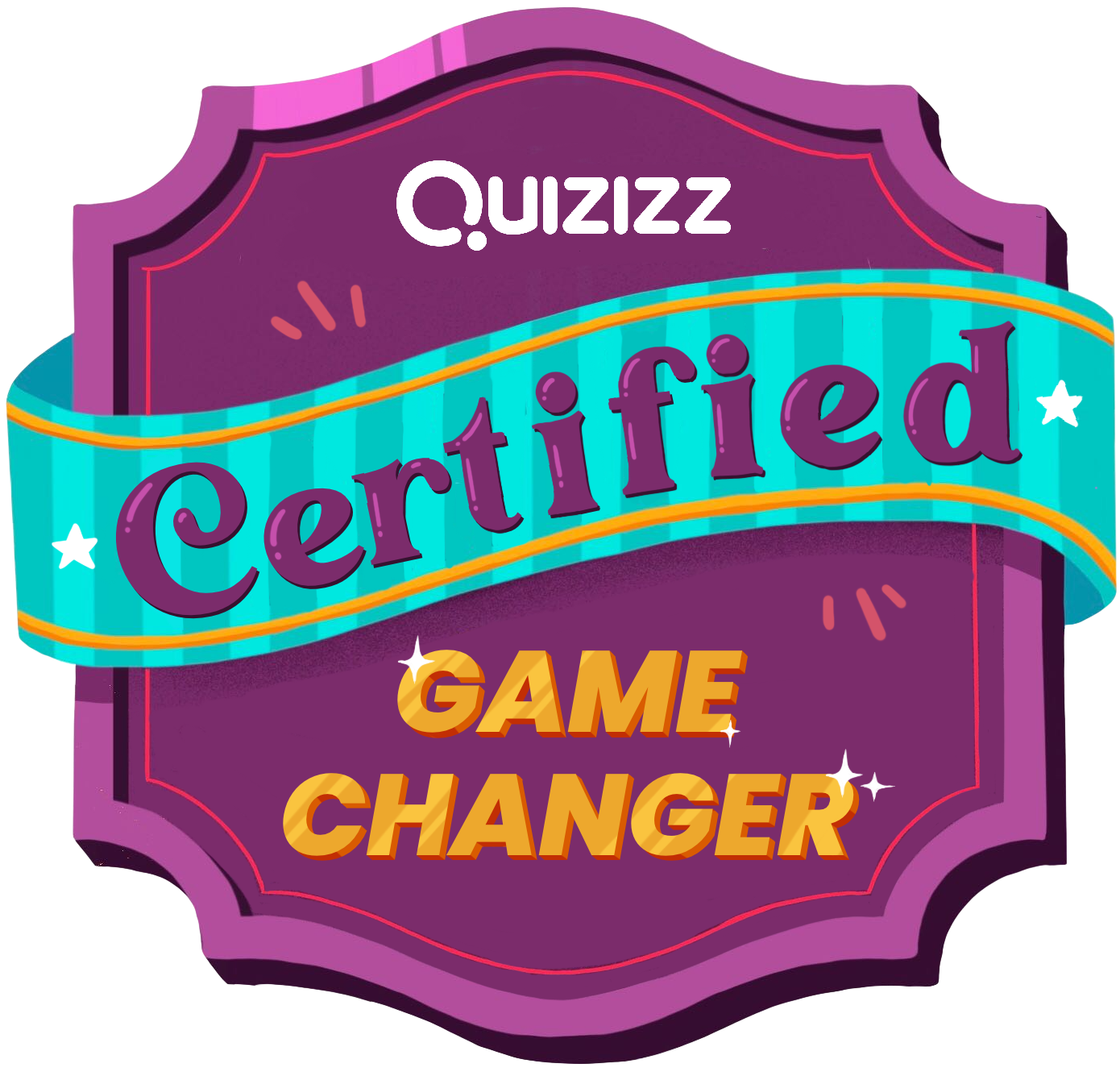Science kits are great for elementary and many middle school teachers. I’m a generalist (got the early adolescent generalist national board certification before it went away), which basically means I dabble in everything, so the fact that I’m teaching only Science is through some fortunate circumstance. I saw fortunate because I love teaching Science and I’ve attended many trainings, workshops and conferences over the years so I’ve been learning more Science as well as how to teach it. I’ve been a teacher for 20 years now and I still have a lot to learn.
I’ve taught Science for years with only textbooks at my disposal. I worked closely with my Science team to create curriculum to give our students a great Science experience. What I found is that I was being pulled two ways, curriculum creator and teacher. It was difficult doing both full time so each got my divided attention. With a Science kit at my disposal, such as STC or Foss, I can actually focus all my efforts on helping students learn the Science without having to worry about finding content or materials!
One thing the kits don’t do well and I figure is hard for teachers who teach four or five other subjects to supplement is pure inquiry. By pure I mean inquiry that isn’t spoon fed. For example, the FOSS/MS Diversity of Life (DoL) kit has, for example, a great lab to help students find out which of five unknown substances are living or non-living (see image). The problem is that the students are following the steps provided by the kit designers instead of designing their own procedure or even coming up with their own questions. In WA state we have standards for inquiry that call for students to generate their own questions and design their own investigations to answer their questions. What the DoL kit does that most kits do is offer is pure inquiry opportunities as extensions to each unit. And if they don’t offer extension opportunities they are pretty easy to setup on your own if you’re willing to give kids the time. The extension opportunities let kids loose to ask their own questions and design their own labs to answer their questions.
Spoiler alert! Students don’t read on if you are going to do this lab or you’ll take all the fun out of it. The DoL lab gave student teams red sand, yeast, brine shrimp eggs, polyacrylate crystal spheres, and radish seeds. All these objects seemed non-living in their dry state. Some teams put the substances in plain water, some in sugar water, and some in salt water. The different liquids, also unknown at first, reacted differently with each of the substances. Students were drawing conclusions about what is living and how environment affects living things.
The great thing about Science labs is that they raise great questions. So to give students a pure inquiry experience let them investigate their questions. Just have them write down their questions so they don’t forget and then give them time to design their own procedure to answer their questions. I tell my students what materials I have so if they need something I don’t have they can plan to get it and bring it. For elementary teachers I will follow up with an inquiry structure to help you get started with inquiry. It’s great for getting started and once you’re comfortable with it you can go solo.
This team used yeast. They wondered what would happen if you put yeast in different energy drinks. They used the balloons to capture any gas. Measuring the gas wasn’t so easy.
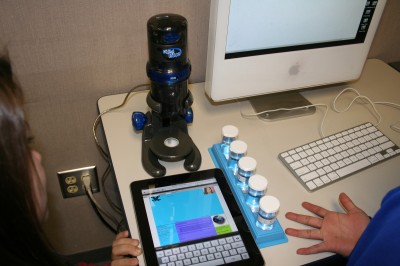
Working with polyacrylate crystals, using a digital scope to measure them, and using an iPad to blog about it.
Polyacrylate crystals are amazing! They came as tiny, red spheres. Put them in water and they grow into big gel balls from absorbing the water! Pretty cool. Kids wanted to try and see how they grew in different liquids and they used the digital scopes to measure the crystals in pixels. Here’s one blog about working with the crystals (here’s another for the same experiment). Here’s another blog using different liquids.
Groups that worked with the brine shrimp had mixed results. Getting those little critters to hatch isn’t always so easy! Here’s one student’s blog about shrimp not hatching. Here’s one student who got them to hatch, but they died too soon afterward!
Growing radish seeds was the most successful. It was hard to measure gas with yeast and brine shrimp didn’t always hatch or survive to get usable data. Different teams grew radish in different soils and substances to see what worked the best. Here’s one student blog with radish results.
So this extension took two weeks. If you only get a kit through a cooperative and have it on a schedule then you won’t get through the whole kit but at least you’ll provide your students with pure inquiry opportunities as well as deepen the learning experience overall. Covering the whole kit content quickly isn’t the best way to go.

